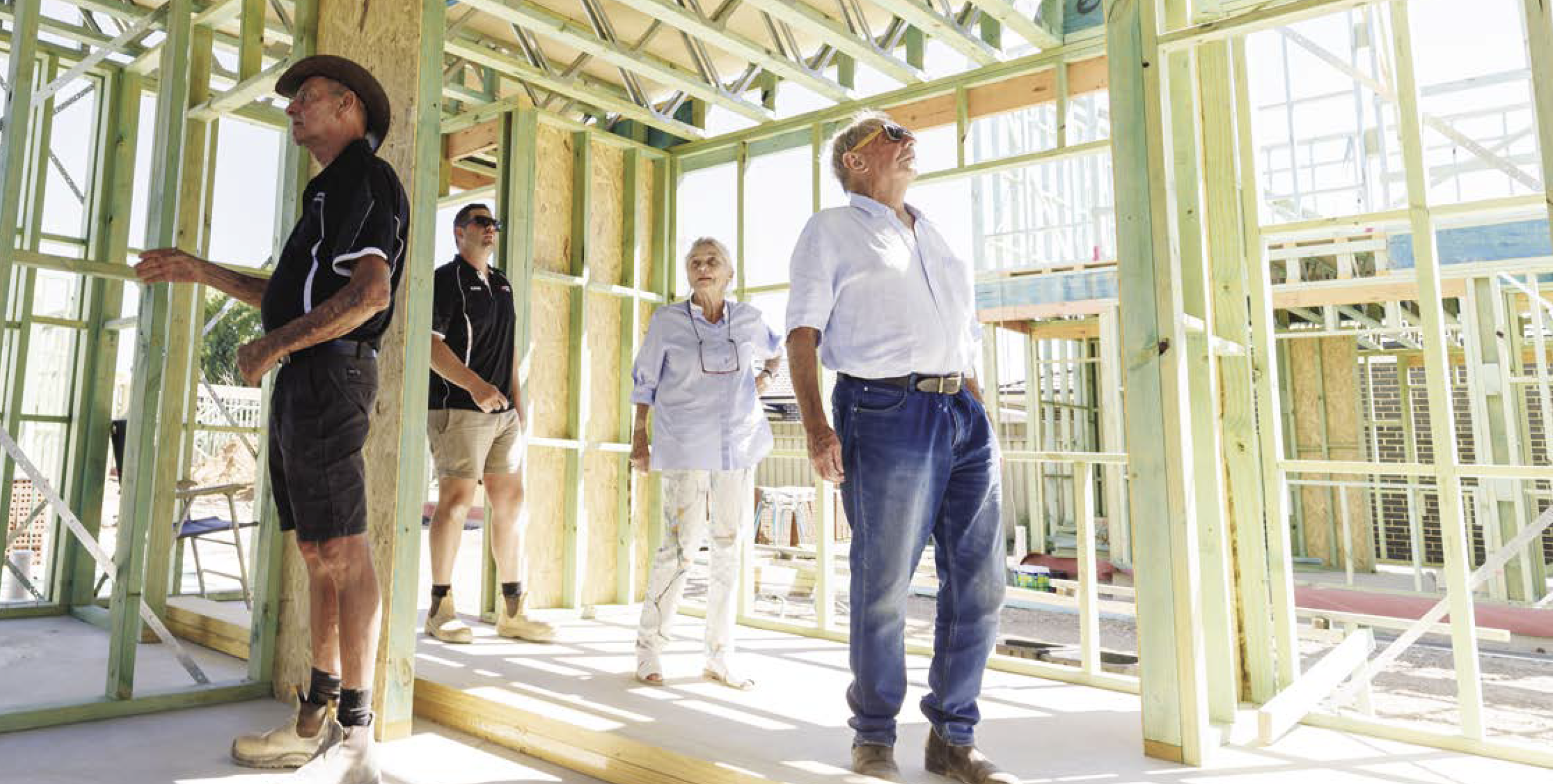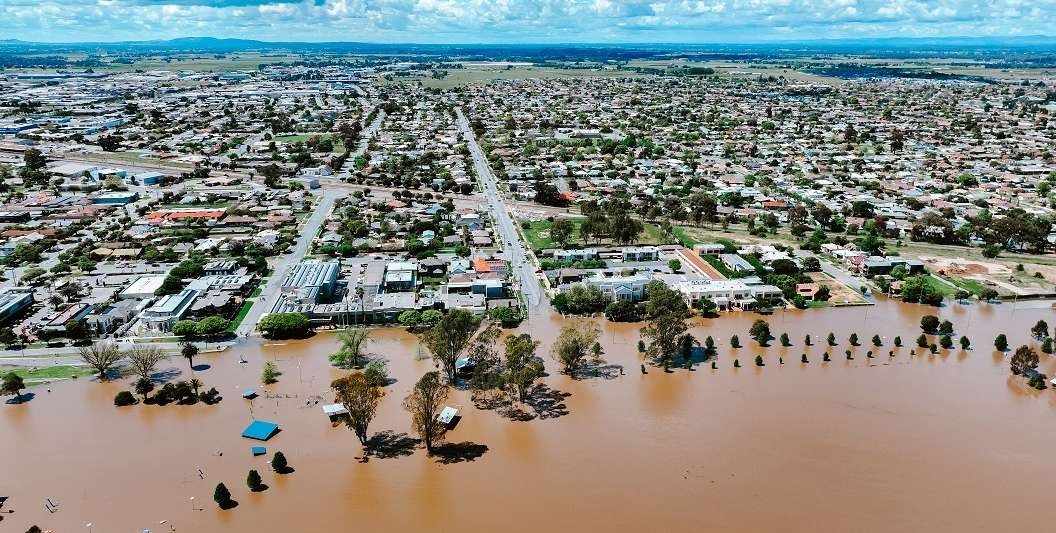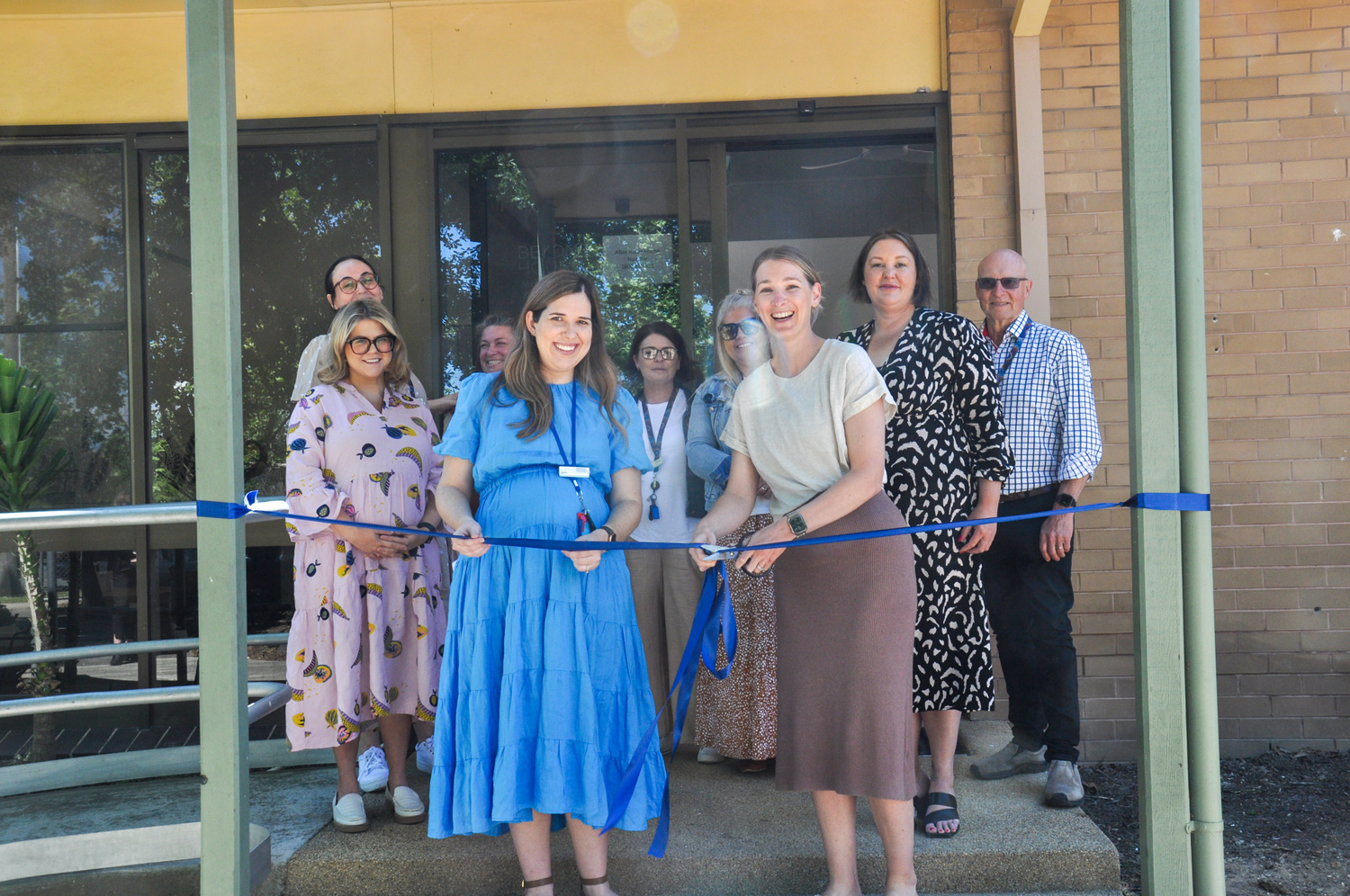News
Issues, Opportunities and Constraints in Responding to Housing Need in Regional Victoria
First published in the May edition of the Council to Homeless Persons’ Parity magazine.

Many regional cities and townships across Victoria have been experiencing sustained population growth over many years as they shifted from traditional agriculture-based economies to new employment opportunities in the service and education sectors.
Then came COVID and an exodus of thousands from the city to the country, which ‘soaked up all the spare housing’, according to KMPG regional economist Terry Rawnsley. 1
Although the flow of Melburnians to the regions has slowed from the heights reached during the pandemic, there are no signs that rents that were pushed higher in 2021–2022 will fall.
According to Domain’s March Rent Report, 2 across regional Victoria median house rents jumped by six per cent over the past year, or by $25 to $445 per week.
That is down from the rise of 9.1 per cent over the year to March 2022 but, despite this, house rents were still up by double digits in eight regional Victorian municipalities.
That includes flood-affected Greater Shepparton, where rents are up 13.5 per cent since March last year to a weekly median rent of $420, and where 63 per cent of renting households are in the lowest income group, compared with the Victorian average of 25 per cent and the Melbourne average of 17.5 per cent. At the same time, vacancy rates in Shepparton for the first half of 2022 were 0.5 per cent, well below the accepted ‘healthy market’ vacancy rate of three per cent.3 In Wodonga, rents were up 7.5 per cent on the previous year to a weekly median of $430 with a vacancy rate of 0.77 per cent.
Mitchell Shire, just 40 kilometres north of Melbourne, has become one of Victoria’s fastest-growing outer metropolitan municipalities, where community services and infrastructure are struggling to keep pace with population growth and housing development.
Then there are tourist and tree-change destinations, like the Alpine and Strathbogie Shires, which have experienced high housing demand, often at the expense of low-income households who have been increasingly priced out of the private rental market.
Regional centres have significant challenges with a very limited pool of rental homes overall and of affordable rental homes and it is people on very low incomes that are most affected amid the growing cost of living pressures.
But even people in well-paying jobs are not immune to the rental crisis as they too often cannot find suitable accommodation where they work regionally.
A recent Community Housing Industry Association Victoria (CHIA Vic) report revealed that 35,900 households across regional Victoria were experiencing homelessness or living in overcrowded properties, with 5-7 per cent of the population requiring some form of support to sustain their tenancies.4
Unlike most metropolitan areas, housing in regional Victoria is predominantly comprised of three-to four-bedroom detached houses despite a growing demand for smaller properties. According to the 2021 Census, one- and two-person households comprise 65.7 per cent of the population in regional Victoria,3 yet only 18.3 per cent of the housing stock is one or two bedrooms.5
While the lack of supply and diversity of affordable rental housing stock is common across regional Victoria, not all regions are the same.
The demographic profile of each region varies significantly across the state in terms of age, gender, ethnicity, employment, education, health, and household size.
This is a fact not lost on BeyondHousing, the main entry point for the homelessness system across 13 Local Government Areas and the largest community housing organisation operating within the Goulburn and Ovens Murray regions of Victoria, where it supports more than 6,400 at-risk people and families each year and manages more than 700 tenancies, 15 per cent of which are occupied by Aboriginal and Torres Strait Islander people.
The demographic diversity of regional Victoria is most stark in Greater Shepparton, which has the highest proportion of Aboriginal and Torres Strait Islander people, at 3.9 per cent of its total population of 68,000.
Furthermore, nearly 12,000 Shepparton residents were born overseas, 26 per cent of whom arrived in Australia between 2016 and 2021. This is a migration rate of 25.7 per cent compared with 16.6 per cent for the rest of regional Victoria. The municipality also has a higher proportion of single-parent families (11.1 per cent).6
The January 2023 Victorian Housing Register shows there are currently 2,590 people on the Victorian Housing Register social housing waitlist in Shepparton, of which 1,423 are considered priority access.
In Wangaratta, homelessness numbers have skyrocketed by 66.67 per cent between 2016 and 2021, according to the latest Census data, with an estimated 125 people either sleeping rough, in tents, or couch surfing.
Unsurprisingly, the number of people registered on the waitlist for Wangaratta and the neighbouring centre Benalla has doubled over the past 12 months to 1,607.
There have also been significant increases in the number of people registering for social housing in Wodonga (1,387) and Seymour (597), according to the January 2023 figures.
The high demand for more social housing, limited affordable rental options in the private market, and record low vacancy rates exacerbate the issue across regional Victoria.
But even the Victoria Housing Register figures fail to reflect the true extent of demand for housing across regional Victoria. If there is no social housing in a community, people cannot register.
Access to Services
For people who are homeless orat risk of homelessness, gaining access to a specialist homelessness support service also has its challenges, with most agencies located in major centres.
It’s not just the limited public transport options available in outlying areas but the finite resources of agencies and increased demand despite the Federal Government’s $67.5 million renewal of the Equal Remuneration Order (ERO) supplementation in March for homelessness services.
According to the biennial national Homelessness Monitor report released in December 2022, the average monthly number of people using homelessness services in regional Victoria in 2021–22 was 9,949, up six per cent from 2017–18.7
The monitor found that housing affordability stress was the fastest growing cause of homelessness across the country, with the average monthly total of people seeking help increasing by 27 per cent.
The solution to ending homelessness and the current housing crisis is to build more affordable houses where they are needed. If only it was that easy.
Barriers to Development
The lack of infrastructure has long hindered new housing development across regional Victoria.
The Independent Federal Member of Parliament for Indi Dr Helen Haines made repeated calls on the Federal Government to establish a $2 billion Regional Housing Infrastructure Investment Fund to support investment in critical infrastructure, like sewerage and drainage systems.8
A Regional Housing Infrastructure Investment Fund would unlock the supply of affordable housing in towns like Wangaratta and Benalla.
In her speech to the National Rural Press Club on 16 May, Dr Haines said: ‘We’ve got to think contextually about what we need to open up housing stock at all levels. We need medium-density housing. We need social housing. We need worker housing. We need clever housing. And we need to bring the community with us.’ 9

Shepparton floods
Natural Disasters
Another challenge for regional Victoria is the impact of climate change and an increasing number of natural disasters.
Over the past five years, the Northeast of Victoria and the Goulburn Valley region have experienced devastating bushfires and floods with the significant loss of life, property, livestock and the natural environment.
The impact of these disasters, the trauma, loss of life and property, and economic devastation has only further marginalised vulnerable individuals and households in regional areas.
BeyondHousing has historically been involved in both immediate response and long-term support to those affected by natural disasters. Staff worked in the recovery centres following the 2009 Black Saturday
and the 2020 Black Summer bushfires and the northern Victorian floods in 2022 and continue to manage some transportable properties located in the Upper Murray.
With $2 million in funding from Homes Victoria in December last year, BeyondHousing also operates the Intensive Flood Recovery Program in Shepparton and Seymour and works with vulnerable households who were either homeless before the floods or made homeless by the floods and with few housing options.
BeyondHousing has supported 52 households to access public and long-term community housing, private rental, and short- to medium-term accommodation through the Transitional Housing Management program.
Working in Partnership
BeyondHousing prides itself on partnering with government agencies and other specialist services to meet the support needs of its clients, including family violence, mental health, community health, specialist homelessness, and Aboriginal Controlled Community Organisations.
It also maintains a valued partnership with the Peter and Lyndy White Foundation, which has committed $50 million to BeyondHousing to build affordable, liveable, maintainable homes for single people and small families who are often the most disadvantaged in the private rental market.
Like all community housing developers, BeyondHousing has faced significant challenges in delivering its housing development program since 2020, with the increasing costs of land, building materials and labour, along with delays in construction times.
However, it is working with local builders to minimise these impacts and ensure that it continues to deliver homes for people across the region.
BeyondHousing also recognises the critical role that Local Government plays in providing affordable housing.
By fostering strategic partnerships with local governments, BeyondHousing has advocated for diverse built forms to meet community needs and provided valuable input into the development of Greater Shepparton, Wodonga City, and Mitchell Shire’s Affordable Housing Strategies.
While many regional communities recognise the need for more affordable rental housing, planning delays can also significantly increase the cost of affordable housing. Local government has a role to play in prioritising planning applications for social housing and promoting the role of social housing within
the mix of a healthy community.
More to be Done
It is essential to acknowledge the impact of the Victorian Government’s $5.3 billion Big Housing Build initiative, which has provided significant investment to address the housing crisis, including in regional Victoria.
BeyondHousing has secured $30 million in funding to construct over 140 homes in the region and will also manage the new Wodonga Education First Youth Foyer in partnership with Wodonga TAFE and Junction Support Services when construction is completed in mid-2025.
The multi-million-dollar centre at Wodonga TAFE’s McKoy Street campus will provide secure, supported housing, access to education, training and job-skilling for 40 young people experiencing or at risk of homelessness as does the successful Shepparton Youth Foyer managed by BeyondHousing in partnership with Berry Street and GOTAFE which opened in 2016.
Despite these government and philanthropic investments, the homelessness and housing crisis persists, with growing waitlists for social housing exceeding available homes.
And while the May State Budget delivered an extra $134 million over the next four years to provide access to targeted housing, homelessness, and support programs, including $67.6 million to continue delivering the From Homelessness to a Home service for rough sleepers, there was no capital funding for social housing.
Without a commitment to a future social housing pipeline over the next decade, the state will likely see more people in housing crisis and become homeless across regional Victoria.
Endnotes
- 1. Malo J and Razaghi T 2023, ‘The Victorian Tree-change Towns Where House Prices Jumped Last Year’, The Age, https://www. theage.com.au/property/news/the-victorian-tree-change-towns-where-house-prices-jumped-last-year-20230123-p5cerz.html
- 2. Domain 2023, Research Rental Report March 2023, https://www.domain.com. au/research/rental-report/march-2023/
- 3. id Informed Decisions, City of Greater Shepparton, Housing Rental Quartiles, https://profile.id.com.au/shepparton/housing-rental-quartiles?BMID=40
- 4. Community Housing Industry Association, More Social and Affordable Housing. https://www.communityhousing.com.au/our-advocacy/more-social-housing/
- .5. id Informed Decisions, Regional
Vic, Household Size, https://profile.
id.com.au/australia/household-
size?WebID=190&BMID=41 - 6. Ibid.
- 7. Ibid.
- 8. Launch Housing 2022, National Homelessness Monitor 2022, https://www.launchhousing.org.au/national-homelessness-monitor-2022
- 9. Haines H 2023, Housing Support for Regional Australia, Media Release, https://www.helenhaines.org/media/housing-support-for-regional-australia/

